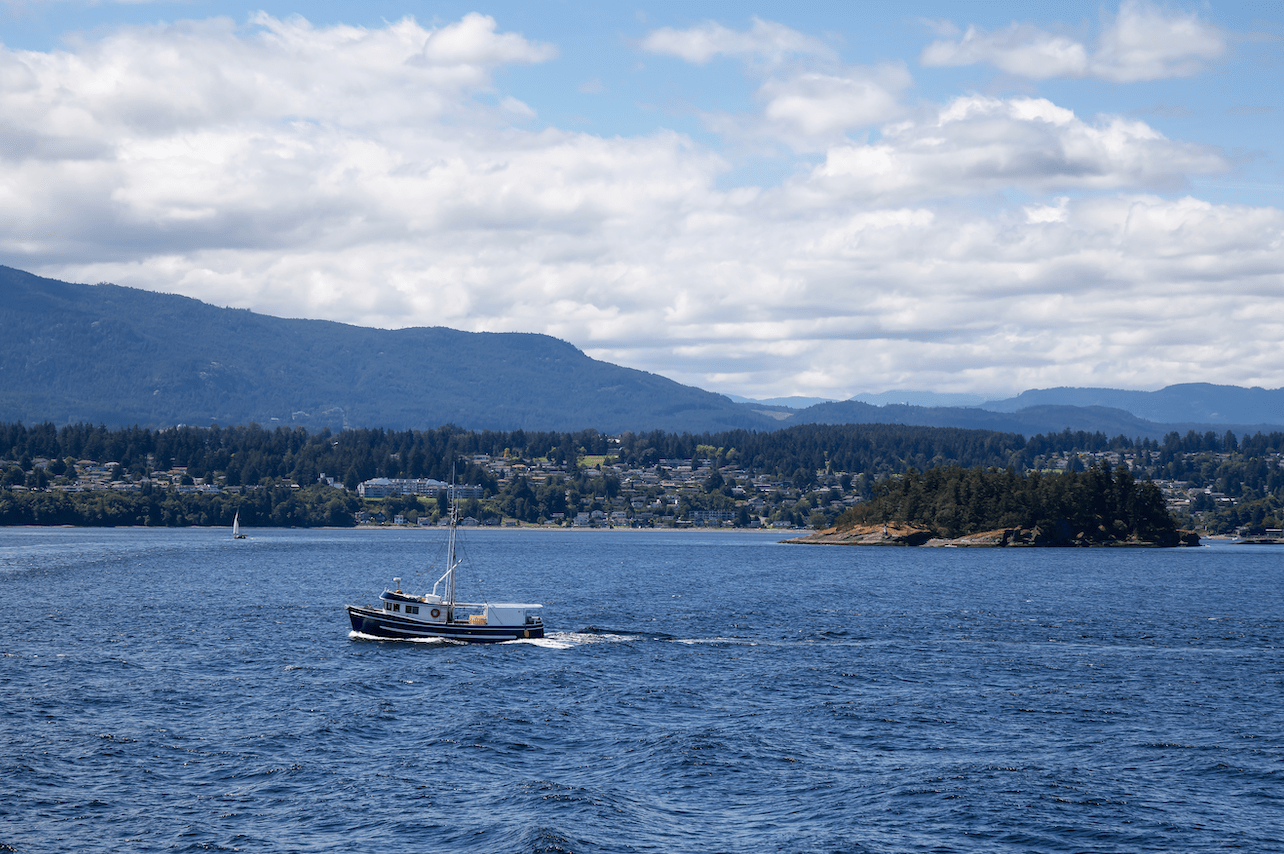– The Institute for Research on Public Policy is an independent, national, bilingual, not-for-profit organization based in Montreal.
CANADA – In the midst of ongoing debates regarding Canada’s participation in the Trans-Pacific Partnership (TPP), a new chapter from the Institute for Research on Public Policy’s forthcoming trade volume looks at whether this trade deal might simplify the complex web of rules for goods trade among TPP countries.
In his chapter, Navigating the Maze: Canada, Rules of Origin and the Trans-Pacific Partnership, Sandy Moroz (former trade negotiator for Canada) examines the challenges of negotiating rules of origin — the rules that define how much production and component sourcing of a good must occur in a free trade area in order for the producer to benefit from tariff preferences.
Finding agreement on these rules has always been important, but the stakes have become even higher due to the growth of global supply chains and the proliferation of overlapping trade deals.
There are now 32 free trade agreements among a subset of the 12 TPP signatories, each with its own set of rules. Canada’s rules for goods trade with the United States and Mexico are different from those with Chile and with Peru. The TPP could simplify the rules for goods producers.
“A key benefit of an implemented TPP — something that has received little attention — is that this deal could allow Canada to use one set of rules when exporting to any of the other 11 TPP countries, including our NAFTA partners, as well as Japan, which would be the biggest new prize for Canadian exporters,” says Moroz.
Potential TPP impacts also need to be viewed in the proper context. Moroz cites as an example the controversial TPP negotiations on regional content rules in the automobile sector, which allow greater foreign content than existing NAFTA rules. In effect, the TPP rules allow Japanese car producers to maintain their existing Asian-based supply chains, something that has caused concern in North America, particularly for smaller parts producers.
According to Moroz, however, the central question facing the Canadian auto sector is not whether Canada should stay in the TPP if it is implemented; instead, it is where in North America will vehicles be assembled in the future? With the vehicle mandates for several Canadian-based assembly plants up for renewal, Moroz says that Canada’s ability to retain vehicle production and attract new investment depends mainly on general competitiveness factors (such as productivity, infrastructure, taxes, regulations and the medium-term outlook for the Canadian dollar), as well as on Canada’s policy response to incentives offered by governments elsewhere in the region.
“Those factors likely will be much more important for future vehicle assembly and parts production in Canada than are the removal of tariffs on Japanese-made vehicles and less restrictive TPP rules of origin.” He points out that Canada’s auto sector would face increased international competition under the TPP; nonetheless, he concludes, participating in this ambitious multicountry trade deal ultimately offers auto producers more opportunities than remaining outside the deal.

